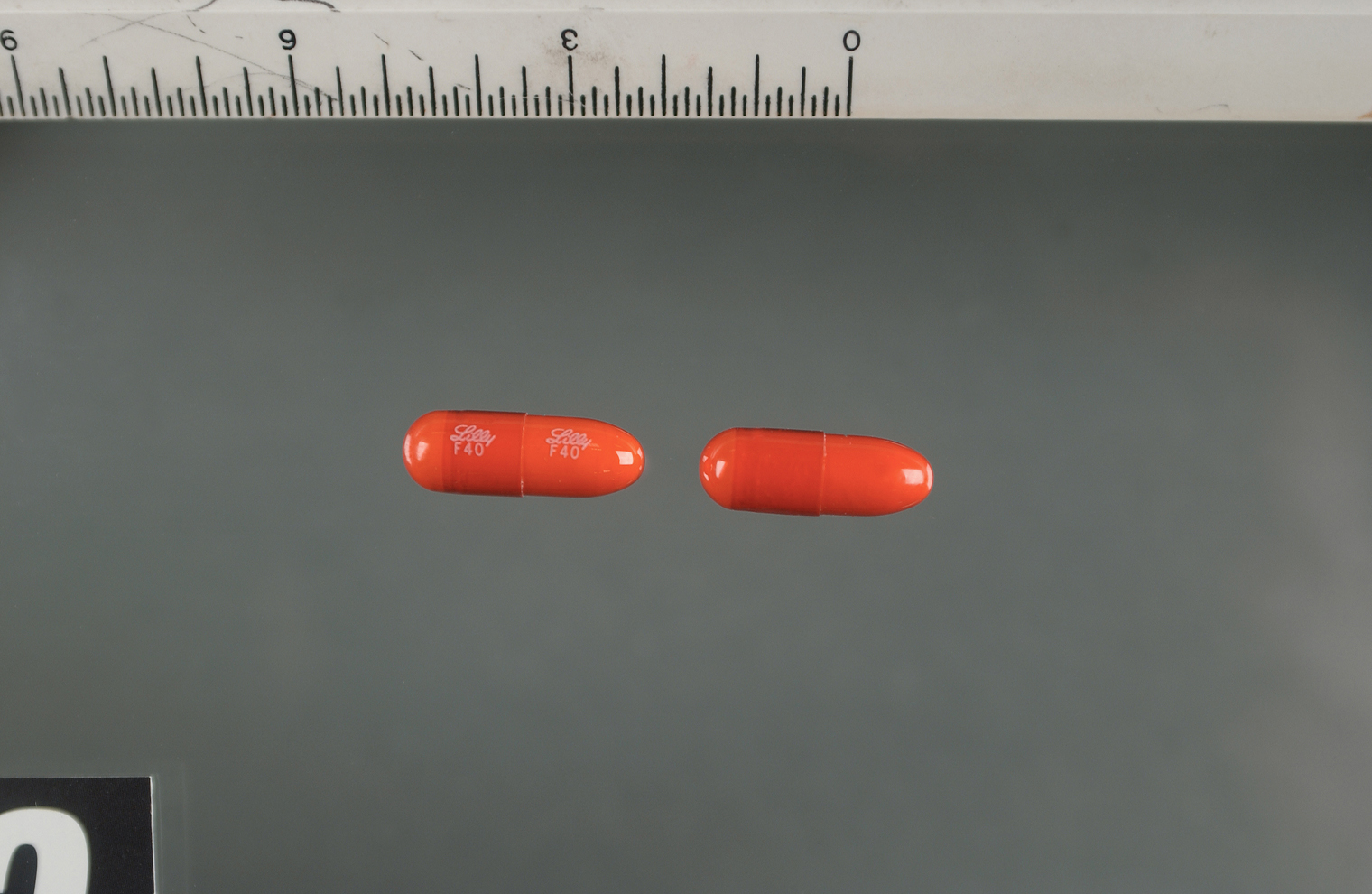Barbiturates are depressants that produce a wide spectrum of central nervous system depression from mild sedation to coma.
 Barbiturates are depressants that produce a wide spectrum of central nervous system depression from mild sedation to coma. They have also been used as sedatives, hypnotics, anesthetics, and anticonvulsants. Barbiturates are classified as Ultrashort, Short, Intermediate, Long-acting.
Barbiturates are depressants that produce a wide spectrum of central nervous system depression from mild sedation to coma. They have also been used as sedatives, hypnotics, anesthetics, and anticonvulsants. Barbiturates are classified as Ultrashort, Short, Intermediate, Long-acting.
What are the street names?
Barbs, Block Busters, Christmas Trees, Goof Balls, Pinks, Red Devils, Reds & Blues, Yellow Jackets
What does this drug look like?
Barbiturates come in a variety of multicolored pills and tablets. Abusers prefer the short-acting and intermediate barbiturates such as Amytal® and Seconal®.
How is this drug abused?
Barbiturates are abused by swallowing a pill or injecting a liquid form. Barbiturates are generally abused to reduce anxiety, decrease inhibitions, and treat unwanted effects of illicit drugs. Barbiturates can be extremely dangerous because overdoses can occur easily and lead to death.
How does this drug affect the mind?
Barbiturates cause mild euphoria, lack of inhibition, relief of anxiety and sleepiness. Higher doses cause impairment of memory, judgment and coordination, irritability, and paranoid and suicidal ideation. Tolerance develops quickly and larger doses are then needed to produce the same effect, increasing the danger of an overdose.
How does this drug affect the body?
Barbiturates slow down the central nervous system and cause sleepiness.
What drugs cause similar effects?
Drugs with similar effects include alcohol, benzodiazepines like Valium® and Xanax®, tranquilizers, sleeping pills, Rohypnol®, and GHB.
What are the overdose effects?
Effects of overdose include shallow respiration, clammy skin, dilated pupils, weak and rapid pulse, coma, and possible death.
What is the legal status in the United States?
Barbiturates are Schedule II, III, and IV depressants under the Controlled Substances Act.
What are the common places of origin?
Barbiturates were first introduced for medical use in the 1900s, and today about 12 substances are in medical use.